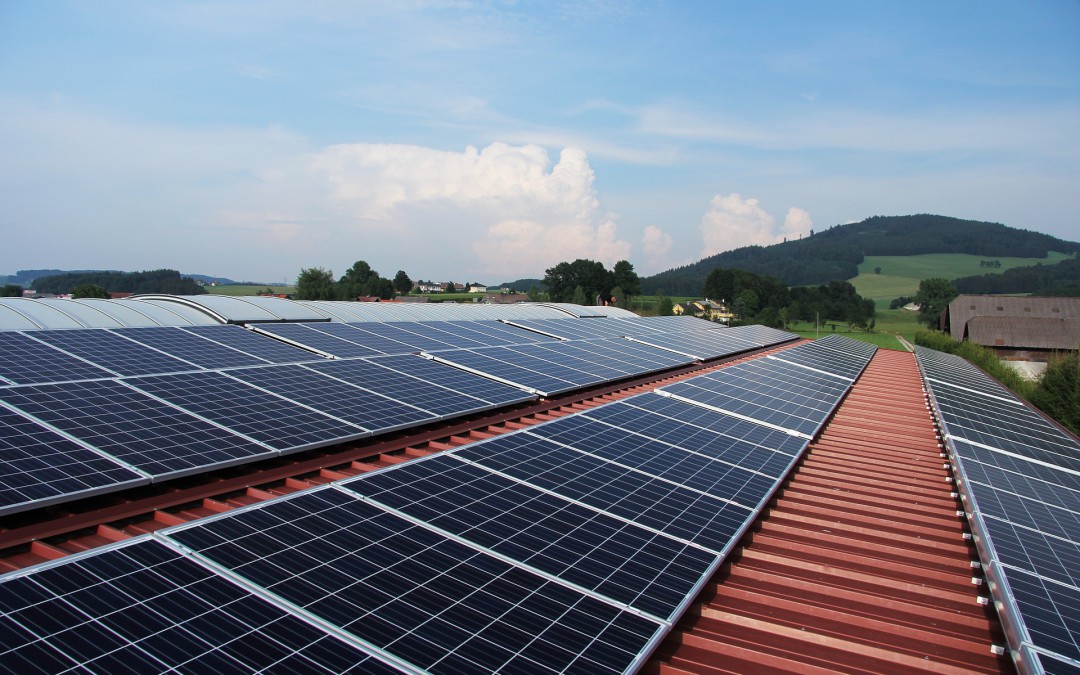Among scientists, investors and tech enthusiasts, the hype surrounding graphene shows no signs of stopping. Graphene’s latest application proves yet another way the wonder material could change the world, this time by revolutionizing how we produce and store solar energy.
During the last few decades, solar panels have grown increasingly efficient, but the technology still requires sunlight. Like a baseball game, solar power generation cannot occur without the cooperation of the weather. Or can it?
A team of scientists in Qingdao, China are exploiting graphene’s conductivity to develop a new kind of prototype solar cell. While solar technology that currently exists harnesses energy from the sun, the Chinese scientists’ prototype generates power from an unlikely source: raindrops.
The idea of solar power ‘running’ on rain seems counterintuitive, to say the least. The scientists’ study was actually inspired by previous research they conducted, which demonstrated that electricity can be produced by exposing graphene to salt water. Employing a similar concept in the development of their prototype, the research team applied a coat of liquified graphene to solar cells.
So, where do raindrops fit in? And how do they provide electrical power? On a technical level, precipitation and graphene are an ideal electricity-producing pair. Because raindrops contain positively charged ions — salts like sodium, calcium, and ammonium– rainwater adhered to the graphene surface that was coated onto the solar cells. Along with the electrons, the raindrops from the graphene surface stacked to form two layers. The potential energy difference between the two layers was strong enough to produce voltage and an electrical current. Graphene is extremely conductive, which also helped.
Over the last few decades, solar panels have become increasingly efficient, but they still require an ample supply of sunlight to function. In the not so distant future, Graphene could change that. As Qunwei Tang, the materials scientist who heads the research team in Qingdao, says, “Future solar cells may produce electricity in all weather.” Eliminating solar technology’s reliance on sunlight opens up a lot of possibilities, to say the least.
Solar panels that are capable of working without sunlight—no matter the weather or geographical location—would curtail our reliance on fossil fuels and reduce environmental pollution. If rain could be used as a source of energy, the use of solar power would certainly skyrocket. Moreover, in areas of the world that experience an extended rainy season, accessing this kind of solar power would facilitate development and improvement in the overall quality of life for people who live in those regions.
The Chinese researchers will need to refine their prototype’s design before creating a model that can be put to practical use. It’s unlikely that people will be powering their homes with rain anytime soon. All the same, if and/or when solar technology of this kind does become commercially available, the implications will be tremendous.

